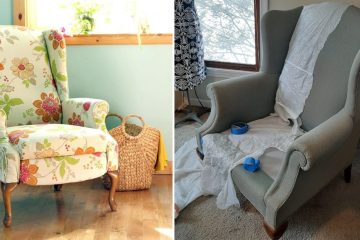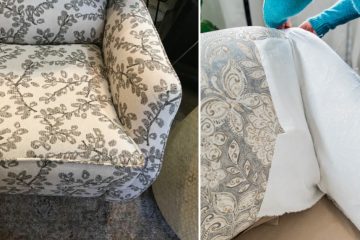Reclining chairs are a great way to relax and unwind after a long day. However, if your chair doesn’t have a lever or if the lever is broken, you might find yourself struggling to get comfortable. But don’t worry – it’s still possible to recline your chair without a lever! In this comprehensive guide, we’ll explore the causes of lever malfunction and provide various creative ways how to recline a chair without lever. We’ll also discuss the health benefits of reclining and why it’s essential to take time to relax. So sit back, get comfortable, and let’s get started!
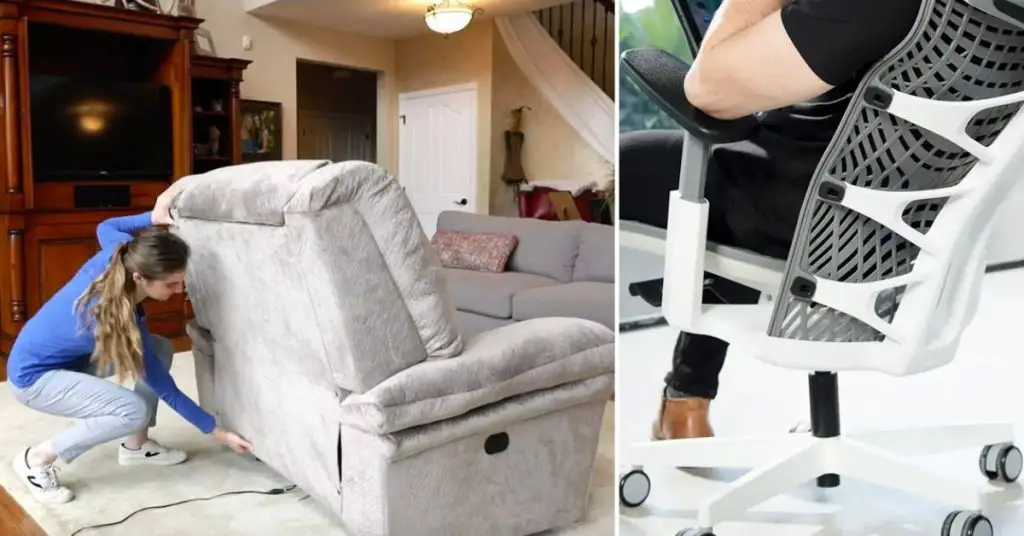
3 Causes of Lever Malfunction
If your chair’s lever isn’t working, there could be a few reasons.
- One common cause is that the mechanism controlling the reclining function has become loose over time. In this case, you may be able to fix the problem by simply tightening the bolts that hold the mechanism in place.
- Another possible cause of lever malfunction is that the mechanism has worn out. This is more likely to happen if you have an older recliner. If this is the case, you may need to remove and replace the lever or cable.
- In some cases, the lever itself may have broken due to harsh use or wear. If this happens, you’ll need to replace the lever entirely.
By understanding the causes of lever malfunction, you can alternative methods of reclining a chair without a lever.
8 Effective Methods for How to Recline a Chair Without Lever
When faced with a recliner without a lever, there are several inventive techniques that can still allow you to achieve a comfortable reclined position. Here are some alternative methods to consider:
Method 1: Adjusting Backrest, Footrest, and Headrest
Many recliners have separate controls for the backrest, footrest, and headrest. By adjusting these components individually, you can find a position that offers optimal comfort. Experiment with different angles until you find the perfect reclining position.
Method 2: Pushing Down on the Armrest or Backrest
One method involves exerting pressure on the armrest or backrest to gradually recline the chair. Start by sitting at the edge of the seat and using your hands to push down on the armrests or backrest while leaning back with your body weight. This action should allow the chair to recline smoothly.
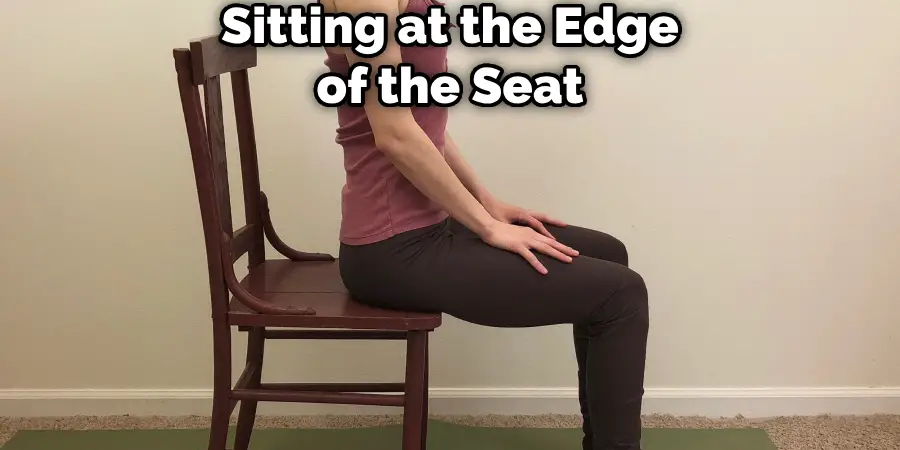
Method 3: Temporary Lever Solutions
Get creative by using everyday objects as temporary levers. For example, you can attach a hanger or wire to the bottom frame of the chair and pull it gently to recline. Alternatively, a rope or strap can be secured to provide leverage for reclining. Remember to ensure stability and support while using these makeshift levers.
Method 4: Creating Custom Levers or Handles
If you’re feeling handy, you can fashion your own lever or handle using materials like PVC pipes or dowels. Attach the custom lever to the reclining mechanism, allowing you to adjust the chair’s position without the need for a traditional lever.
Method 5: Manual Pushback Technique
Engage your leg muscles by pushing against the seatback or armrests to recline. While sitting at the edge of the seat, lean back and use the strength of your legs to push against the chair, gradually reclining it to your desired position.
Method 6: Pillow Prop Technique
Enhance back support by placing a sturdy pillow behind your back. This technique helps maintain a reclined position and provides extra comfort while sitting.
Method 7: Wedge Pillow Hack
Opt for an ergonomic option by using a wedge-shaped pillow. Position the wedge pillow on the seat of the chair, tilting your pelvis and encouraging a more reclined posture. This method can offer additional support and help alleviate discomfort.
Method 8: Wooden Block Method
Inserting a block between the seat and backrest can create a reclining effect. Place a sturdy wooden block of appropriate size and shape to provide the desired reclined angle. Ensure the block is secure and doesn’t compromise the stability of the chair.
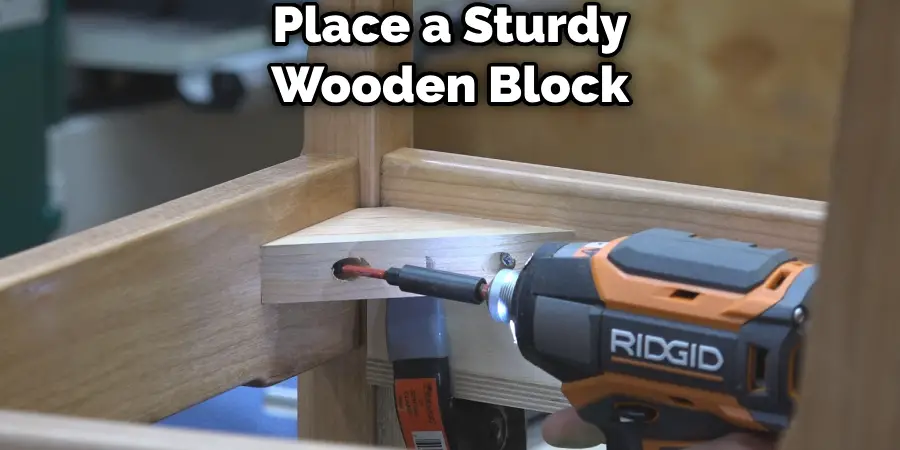
By utilizing these alternative methods, you can still enjoy the benefits of reclining even without a lever. Experiment with different techniques to find the one that works best for you and enhances your overall comfort and relaxation. Remember to recline gently to avoid any potential damage to the chair, and always prioritize proper maintenance to ensure longevity and comfort.
4 Benefits of Reclining Chair
Reclining in a comfortable chair can have numerous health benefits. Here are some of the ways that reclining can improve your well-being:
Aligns Your Muscles and Spine
Reclining can help align your muscles and spine, reducing the risk of injury and promoting proper posture.
Reduces Tension in the Lower Back
By removing pressure on your spine and allowing your core muscles to relax, reclining can help reduce tension in the lower back.
Improves Circulation
Elevating your feet while reclining can help send blood to the muscles and tendons of your lower back, improving circulation.
Alleviates Stress
Reclining can put your body in a state of relaxation, relieving stress and rejuvenating the mind and body.
By reclining and relaxing, you can enjoy these health benefits and improve your overall well-being.
How to Choose the Right Recliner
Here are some tips for choosing the right recliner chair:
1. Consider Your Needs
Determine the primary purpose of your recliner. Are you looking for a chair for relaxation, pain relief, or medical needs? Different types of recliners cater to specific requirements, such as rocker recliners for gentle motion, lift chairs for assistance with standing, or massage recliners for additional therapeutic benefits. Assess your needs and choose accordingly.
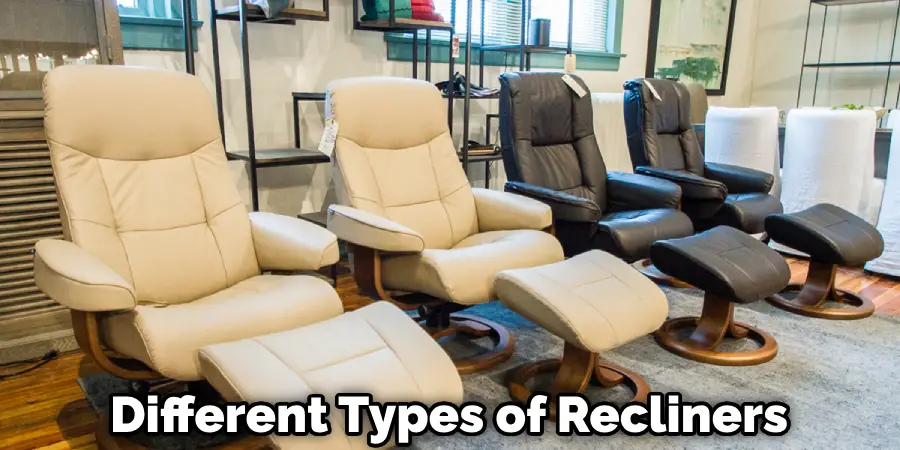
2. Size and Fit
Ensure that the recliner fits your body size and proportions. Consider factors such as seat width, seat depth, and back height to find a chair that provides proper support and comfort. Test different models to find the one that accommodates your body size and shape effectively.
3. Material and Durability
Pay attention to the quality of materials used in the recliner. Opt for durable upholstery that suits your lifestyle and preferences. Consider factors such as ease of cleaning, stain resistance, and overall durability to ensure your recliner lasts for years to come.
4. Mechanisms and Features
Assess the reclining mechanism and additional features offered by the recliner. Check the smoothness of the reclining action, ease of operation, and stability of the mechanism. Features such as adjustable headrests, lumbar support, built-in massagers, or heated seats can further enhance your comfort and relaxation experience.
5. Budget Considerations
Set a budget for your recliner purchase. While high-quality recliners may come with a higher price tag, they often provide better comfort, durability, and longevity. Consider the long-term value and cost-effectiveness of the recliner when making your decision.
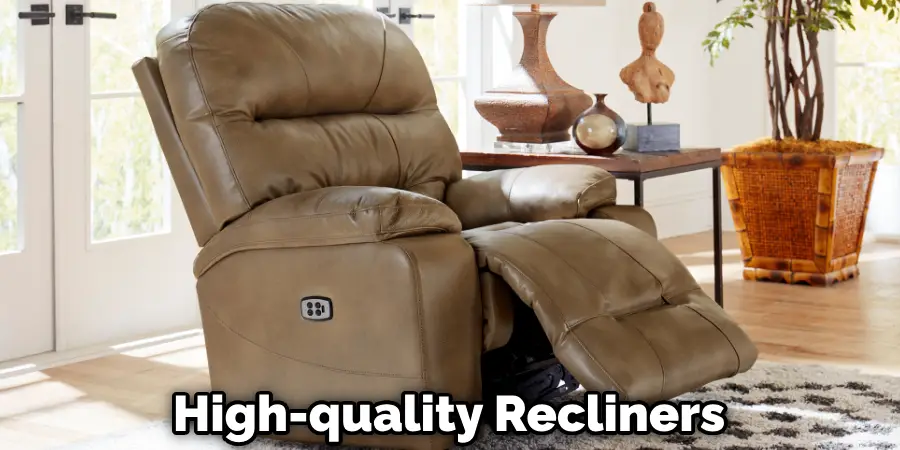
FAQs About How to Recline a Chair Without Lever
What is a Manual Recliner?
A manual recliner is a type of armchair or sofa that can be adjusted to a reclined position by the user. It is operated using a lever or by exerting body weight to change its position. Manual recliners are generally more affordable compared to electric recliners.
Is There a Way to Manually Recline a Power Recliner?
Yes, it is possible to manually recline a power recliner. Conversion kits are available in the market to convert power recliners into manual ones. By detaching the electronic mechanism and replacing it with a manual setting, you can have the freedom to manually customize the reclining position. Manually reclining a power recliner allows you to have control over the reclining process, especially during power outages or mechanical issues.
Conclusion
In conclusion, reclining chairs are a great way to relax and unwind. Even if your chair doesn’t have a lever or if the lever isn’t working, you can still recline your chair using techniques such as adjusting the backrest, footrest, or headrest. DIY solutions, such as creating custom levers or handles, are also options. Reclining can have numerous health benefits, including aligning your muscles and spine, reducing tension in the lower back, improving circulation, and alleviating stress. By reclining and relaxing, you can improve your overall well-being and enjoy a more comfortable and relaxing life.

